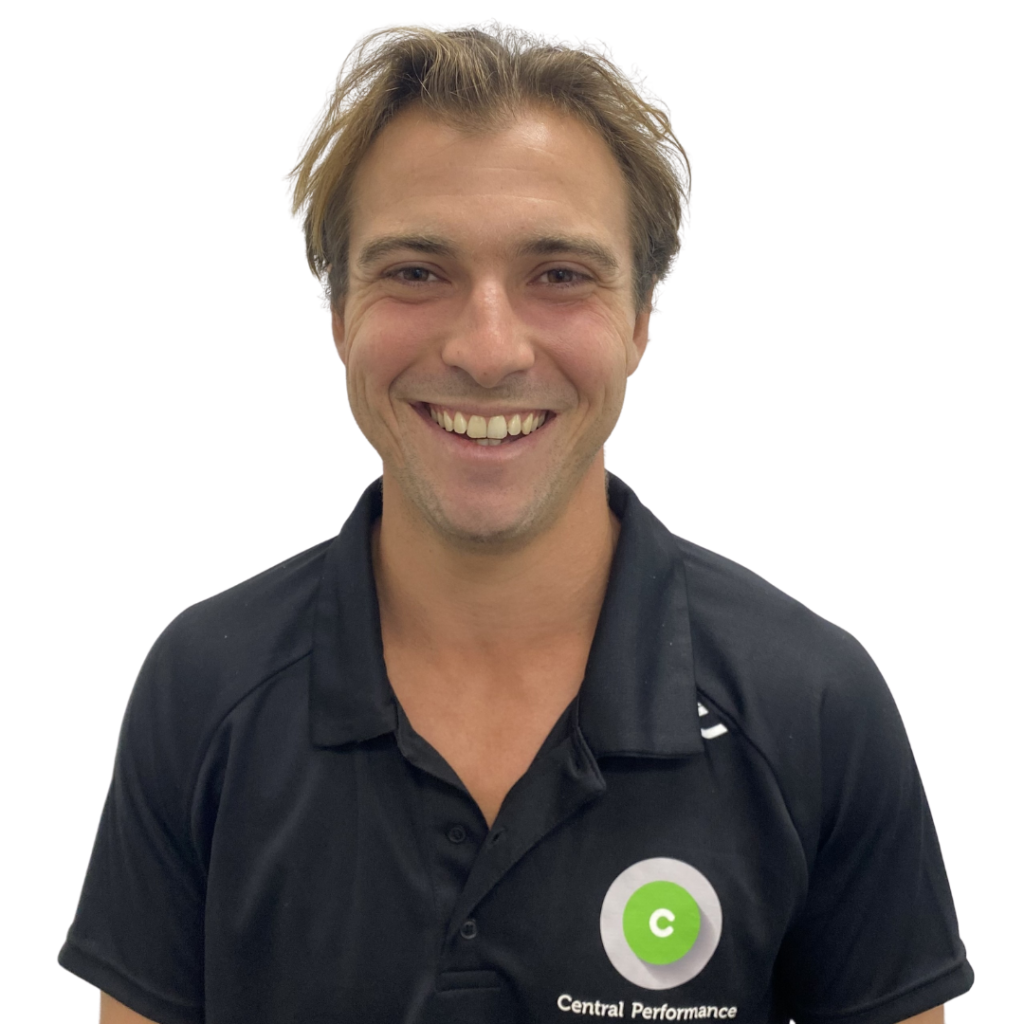
Back pain affects millions of people worldwide, with many experiencing discomfort that interferes with their daily lives. Unfortunately, misconceptions about back pain abound, leading to confusion and potentially ineffective treatment approaches. In this blog post, we’ll debunk some of the most common myths surrounding back pain, shedding light on the truth to help you better understand and manage this prevalent condition.
Myth #1: Rest is the best solution
One of the most persistent myths about back pain is that rest is the best remedy. While it’s essential to avoid activities that exacerbate your pain, prolonged bed rest can actually worsen your condition. Inactivity can lead to muscle stiffness and weakness, further contributing to discomfort and making it harder to recover. Instead, it’s crucial to strike a balance between rest and gentle movement. The human body enjoys movement – it’s like lubrication for your joints. Engaging in activities like walking, mobility and stretching exercises can promote blood flow, alleviate stiffness, and support the healing process.
Myth #2: Back Pain is Always Caused by Injury
While injuries like strains and sprains can certainly cause back pain, they’re not the only culprits. Many people assume that back pain is always the result of a specific injury, but it can also stem from factors like poor sleep, muscle imbalances, and even stress. Identifying the underlying cause of your back pain is essential for effective treatment.
Consulting with an exercise physiologist can help pinpoint the source of your discomfort and develop an appropriate management plan. Our exercise physiologists employ a mixture of mobility and targeted strength exercises, as is best practice for treating and preventing acute or chronic back pain. They progress you through your program based on your symptoms and your progress, not on how long you’ve been doing any given set of exercises. This performance progression approach allows our back pain programs to be tailor made for you and your individual symptomatic needs.
Myth #3: Surgery is the Only Solution for Severe Back Pain
Surgery is often viewed as a last resort for severe back pain, but it’s not the only option. In many cases, conservative treatments like physical therapy, medication, and lifestyle modifications can effectively alleviate symptoms and improve function. Surgery may be necessary in certain situations, such as when conservative measures fail to provide relief or when there’s evidence of structural damage requiring intervention. However, it’s essential to explore non-surgical options first and weigh the risks and benefits carefully before pursuing surgery.
Myth #4: Exercise Will Worsen Back Pain
While it’s natural to be cautious about exercising when you’re experiencing back pain, staying active is generally beneficial for recovery. Low-impact exercises like walking, swimming, and gentle mobility movements when you’re experiencing acute pain levels can help strengthen the muscles that support the spine, improve flexibility, and promote overall wellness. Progressing these to more active movements such as squats, deadlifts and more advanced core exercises as your pain improves will further help to strengthen your body and keep any future recurrences from occurring. However, it’s essential to choose activities that are appropriate for your condition and to avoid high-impact or strenuous exercises that could exacerbate your pain. Consulting with an exercise physiologist can help you develop a safe and effective exercise program tailored to your needs. Click here to view more on our Back Pain Program.
Myth #5: Back Pain is an Inevitable Part of Aging
While it’s true that the risk of experiencing back pain tends to increase with age, it’s not an inevitable consequence of getting older. Many older adults lead active, pain-free lives by maintaining a healthy lifestyle, practicing movement variability, and addressing any underlying musculoskeletal issues. By adopting preventive measures early on and prioritising self-care, you can reduce your risk of developing chronic back pain as you age.
Myth #6: Back Pain Always Requires Medical Intervention
While it’s essential to seek medical attention for severe or persistent back pain, not all cases require extensive intervention. Minor episodes of back pain often resolve on their own with rest, gentle movement, and over-the-counter pain relievers. Research shows that by investigating minor episodes of back pain through medical imaging can lead to increased anxiety levels and poor pain beliefs, which can exacerbate symptoms. As hard as it sounds, remaining calm and measured when you experience back pain is key: complete movements that make you feel comfortable or ease your pain, avoid movements that worsen your pain and above all, avoid sedentary periods are the key factors to limiting your painful experience. However, if your symptoms persist or worsen despite conservative measures, it’s important to consult with a healthcare professional to rule out serious underlying conditions and explore appropriate treatment options.
Debunking common myths about back pain is essential for promoting accurate understanding and effective management of this prevalent condition. By dispelling misconceptions and embracing evidence-based approaches to prevention and treatment, you can empower yourself to take control of your back health and lead a more comfortable, active lifestyle. This is something that we strive for at Central Performance with our back pain clients: if we can get you to manage your pain and any intermittent recurrences on your own, whilst allowing you to stay calm when experiencing pain flare up, that’s fantastic! We love empowering our clients to gain control of their physical and mental health, in particular our clients experiencing back pain. Remember, knowledge is key, so stay informed and don’t hesitate to seek professional guidance when needed.
Exercise Physiologists – Experts In Exercise For Low Back Pain

Zach Allen, Accredited Exercise Physiologist
Exercise physiologists are university qualified allied health professionals trained in the prescription of exercise for a wide variety of chronic conditions, including low back pain.
Our exercise physiologists work closely with our physios and our Clinical Pilates instructors. This close-knit team means that you have easy access to a team with expert knowledge in all areas of back pain management, right from acute treatment through to exercise options including strength training and Clinical Pilates, all at one central location.
At Central Performance our exercise physiologists are experts in working around injuries when designing training programs for our clients. They adapt your program to allow you to train safely and effectively, keeping your whole body active and strong while using targeted exercise to effectively help you recover from your injury. For more info or to book online click below.

